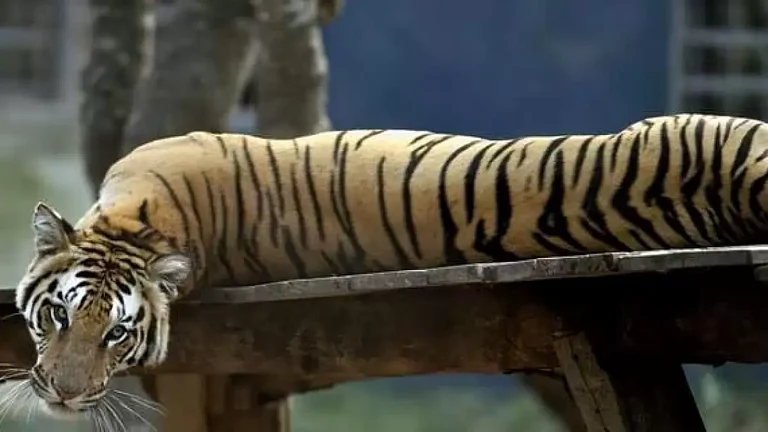Sen's choice of artists may at first seem arbitrary. What could painter Ganesh Pyne's dark, brooding, cerebral, luminous otherworlds have in common with Manjit Bawa's peopled by creatures exuding an almost vulgar vivacity? Where do sculptor Meera Mukherji's Muria and Maria icon inspired creations mesh with the mythic creatures that inhabit the dream-worlds of painters Jogen Chowdhury and Arpita Singh? Yet there is common ground here. Each of them has consciously or otherwise drawn from their Indian resource for creative sustenance and expression: Mukherji from Bastar sculpture, Chow-dhury, Singh from Kalighat pat and kantha textiles respectively, Bawa from Indian miniature painting. Pyne admits to his artistic sensibility being subliminally defined by the mangala and charya padas, the tales of Sri Chaitanya he heard as a child. And each artist, with the exception of Pyne, has lived and worked abroad, drunk from diverse streams before turning with renewed faith, to the Indian tradition.
But Sen's achievement is not so much about judicious selection as it is about the sensitivity and skill with which she elicits the artists' inner motivations, traces the path through which they found their chosen idiom. It's an exercise that contributes immensely to our deepened understanding of their work. Thus Mukherji's embracing of the Bastar tribals' metal casting technique had its genesis in her stint at Munich art school where she realised her need to rediscover "the heritage that had in a thousand ways moulded me". Small surprise then that Ashoka at Kalinga, the warrior renouncing war, was her chosen theme for her most monumental work "He was my hero of all heroes at that moment of spiritual transformation". We understand Chowdhury's reiteration of his signature lotus motif in his Reminiscences of a Dream series from the Sri Aurobindo utterance he offers as explanation "...there is a lotus above my head that longs to bloom". To him the flower is as much personal symbol as it is Upanishidic cosmic principle, motif of our collective fantasies. Those incandescent, eerily lit twilight temperas of Pyne are as much part of his aesthetic as they are of his metaphysical design which is to depict that " twilight zone", that "meeting point of day and night, of life and death, of love and agony—where everything is seen in a different light". Those leitmotifs of cadav-eresque men and animal carcasses evoke the "mystery, beauty, agony" which to him are "the essential elements" of existence.
Bawa and Singh likewise are rendered more accessible. His deliberately de-boned figures are about an artistic language, a 'voice' found after much seeking. "I don't simulate anatomy," he reveals, "devatas don't cast any shadow, nor do they have any perspiration." The addition of the extra face, limbs to a single figure creates another entity even as it reinforces a quality of illusion. Singh reveals she does not 'shape' her paintings which instead 'shape' themselves as she paints. That Alice in Wonderland quality in her work mirrors her own wonder at her creations. Much as the dense early graphics reflect her agitation at that juncture of her life.
Sen is careful to explain the artists' apparent apathy to the politics of a period (late '60s through the '80s) that witnessed the Emergency, regional militancies and riots. Their work, she asserts, is not so much about "sight" as it is about "vision". Chowdhury's image of Tiger on Moonlit Night, Singh's images of guns and planes, Pyne's ravaged landscapes, Bawa's gods slaying demons, she explains, may not be event/sight specific comments yet they are timeless metaphors, blistering indictments of all civil oppression, injustice and war. The artists, then, have not failed in their function as social sutradhars.
Nor for that matter has Sen in hers as art historian. Blame for typographical errors, Arpita Singh's opaqueness might be ascribed to editorial negligence and Singh's natural reticence. But to dwell on these minor flaws would be to indulge in petty quibbling about a handsomely produced book that will delight aesthetes for the fecund insights it offers into the febrile artistic mind.











.jpg?auto=format%2Ccompress&fit=max&format=webp&w=768&dpr=1.0)














